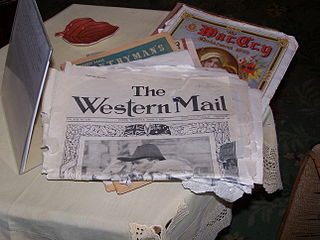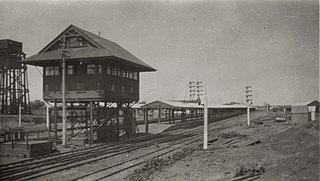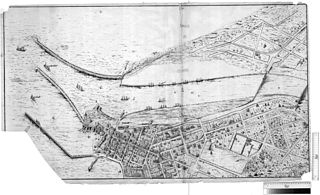
Henry Daglish was an Australian politician who was the sixth premier of Western Australia and the first from the Labor Party, serving from 10 August 1904 to 25 August 1905. Daglish was born in Ballarat, Victoria, and studied at the University of Melbourne. In 1882, he worked as a mechanical engineer but soon switched to working in the Victorian public service. He first stood for election in 1896 but failed to win the Victorian Legislative Assembly seat of Melbourne South. He then moved to Subiaco, Western Australia, where he found work as a chief clerk in the Western Australian Police Department. In 1900, Daglish was elected to the Subiaco Municipal Council and in April the following year, he was elected to the Western Australian Legislative Assembly as the member for the newly created seat of Subiaco, becoming one of six Labor members in the Western Australian Legislative Assembly. The party elected him as its whip, and he resigned from the Subiaco council on 1 May 1901. On 1 December 1902, Daglish was sworn in as mayor of Subiaco, having been elected the previous month.

The Midland Railway Workshops in Midland, Western Australia, were the main workshops for the Western Australian Government Railways (WAGR) for over 80 years.

The Midland Railway of Western Australia (MRWA) was a railway company that built and operated the Midland line in Western Australia. It was listed on the London Stock Exchange. Although having its headquarters in London, it had no association with the English Midland Railway.

Boya is a locality on the Darling Scarp, in the Shire of Mundaring, Western Australia; it is on the south side of Greenmount Hill, and just west of Darlington.

The Fremantle Arts Centre is a historic building complex on Ord Street in Fremantle, Western Australia.

A coffee palace was an often large and elaborate residential hotel that did not serve alcohol, most of which were built in Australia in the late 19th century.

Bellevue railway station was a junction station on the Eastern Railway in the Perth suburb of Bellevue.

The Western Mail, or Western Mail, was the name of two weekly newspapers published in Perth, Western Australia.

Kalgoorlie railway station is the easternmost attended station in Western Australia, located at the eastern terminus of the Eastern Goldfields Railway. It serves the city of Kalgoorlie. Beyond Kalgoorlie, the line continues east as the Trans-Australian Railway.

Fremantle Harbour is Western Australia's largest and busiest general cargo port and an important historical site. The inner harbour handles a large volume of sea containers, vehicle imports and livestock exports, cruise shipping and naval visits, and operates 24 hours a day. It is located adjacent to the city of Fremantle, in the Perth metropolitan region.

The H class was a class of two steam locomotives operated by the Western Australian Government Railways (WAGR) introduced in 1889.

Victoria Quay is a wharf on the south bank of the Swan River mouth in the Western Australian port city of Fremantle. It is separated from the Fremantle CBD by the railway line. Originally named South Quay, it was renamed Victoria Quay on 26 July 1901 in honour of the late Queen Victoria. With North Quay it forms the Inner Harbour area of Fremantle Harbour.

Mouat Street is a 300-metre-long (980 ft) street in Fremantle, Western Australia. Historically, the name was often spelled as Mouatt Street.
Michael Francis Cavanagh was an Australian architect, primarily known for his work in Western Australia from 1895 to the late 1930s.

The Belmont Railway Line was a branch railway in Western Australia that extended from the Eastern Railway at Bayswater to Belmont near the Ascot Racecourse. The line closed in 1956.

The Fremantle Trades Hall is a two-storey former trade union hall in Fremantle that was built during the gold boom period and completed in 1904. The building is located at the corner of Pakenham and Collie Streets in the west end conservation area of the city.

Wilhemsen House, also known as the Elders Building, Elder Building, Barwil House and the Dalgety & Co. Building, is a heritage building located at 11 Cliff Street on the corner of Phillimore Street in the port city of Fremantle, Western Australia. The building dates from the gold rush boom period in the late nineteenth and early twentieth centuries and is of historic significance.

Beach Street in a street located in Fremantle, Western Australia. It runs along the historic southern shore of the Swan River, south-east of the inner harbour, between Parry Street and East Street.
George Wishart Smith, sometimes written Wishart-Smith, was a railway executive in Western Australia and Railway Commissioner in Tasmania, from which service he was suspended after mounting costs and deteriorating patronage.